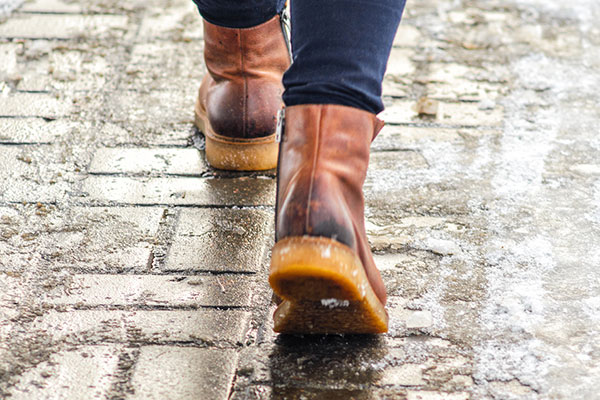
This post was written by Henry Mckinnon, Deputy Police Chief, Department of Public Safety, Parkview Health.
Situational awareness means being conscious of what is happening around you. This includes understanding what’s going on in your immediate environment and being able to recognize potential threats and hazards. As children, one of our earliest lessons on situational awareness may be learning to look both ways before crossing the street or holding hands with a buddy while navigating unfamiliar spaces. That principle does not disappear in adulthood, even if we rely on it less intentionally. Let's look at a few scenarios that we may typically move through on autopilot, and how we can bring more mindfulness to those daily experiences.
In the parking lot
When you enter a parking lot or garage, look around as you look for a spot. Ask yourself:
-
"Is there someone watching me?"
-
"Are there people arguing near or around the area I'm parking?
-
"Is there someone in the parking lot who appears to be in a state of crisis?"
-
"Is my gut telling me there is something wrong?"
Always trust your gut! If you see someone in crisis or behaving suspiciously, do not park. Instead, contact your local police department.
Before you exit the vehicle
When getting out of your vehicle to enter a business or your home, pause, look around and consider:
-
"Is there something out of place?"
-
"Is there a person close to my vehicle who makes me feel uncomfortable?"
-
"Do I have a bad feeling about the situation?"
If anything seems off, stay in your vehicle until the person leaves, or you can drive away safely.
While taking a walk
Adversaries who want to prey on another person will look for those who seem easy to take advantage of who seem unsure of themselves or who aren't paying attention. When walking in communal spaces, public safety experts recommend practicing the following behaviors to appear more alert and confident:
-
Look around and stay aware of your surroundings.
-
Don't avoid eye contact.
-
Walk with your shoulders straight and your head up.
-
Stay in well-lit areas, especially at night.
Digital distractions
One of the greatest roadblocks that prevents people from staying aware of their surroundings is a mobile device. Having access to everything and everyone in the palm of your hand is a blessing just as much as it is a curse. Focusing your attention on a mobile device prevents you from being cognizant of your surroundings and subsequently makes you appear more vulnerable. Remember to:
-
Stay off your mobile devices when walking to or from your vehicle.
-
Avoid wearing earbuds or listening to music that blocks out environmental sounds.
-
If you need to use your phone, wait until you are in a safe, secure location.
Preparing to protect yourself
Even when you're careful, situations can arise that are outside your control. Staying prepared means knowing the answers to questions like:
-
Do you have a plan in place if you need to contact emergency services or retreat from a location?
-
Do you have quick access to call 911?
-
Do you carry a personal panic device (loud alarm) or pepper spray?
-
If you do carry these items, do you know how they work, and do you have easy access?
Regularly practice handling and retrieving your protection devices from your purse, pockets or carrying cases. The goal is to build muscle memory so you can access these devices quickly if needed. Keep in mind that under stress, you may lose fine motor skills. Relying on what you've practiced will be crucial in an emergency.
If you're practicing with pepper spray or other chemical agents, make sure you are using a practice device that does not contain active chemicals to avoid accidental exposure. You can purchase training devices that closely resemble your actual device.



